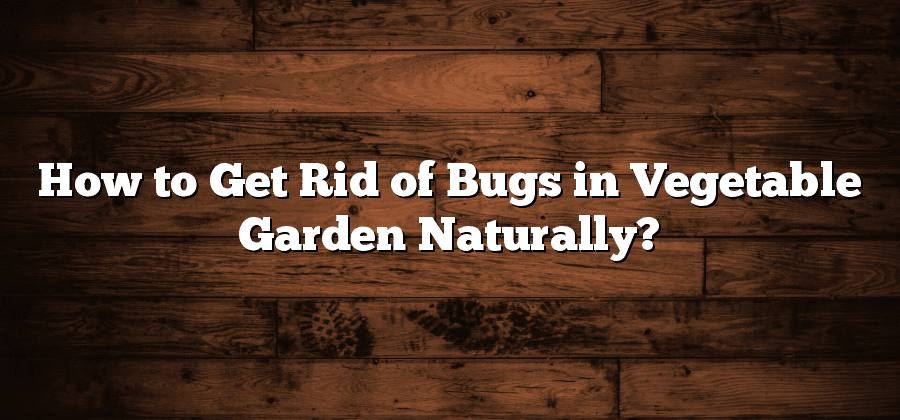Identifying Common Garden Pests
Pests can be a frustrating challenge for every gardener. They not only damage your precious plants but can also disrupt the delicate balance of your garden ecosystem. It is essential to identify these common pests early on to prevent them from causing substantial damage.
One common garden pest is the aphid. Aphids are tiny, soft-bodied insects that feed on the sap of plants. They are often found in clusters on the undersides of leaves, and their presence can be identified by the sticky residue known as honeydew that they leave behind. Another troublesome pest is the tomato hornworm. These large, green caterpillars can quickly defoliate tomato plants and other related crops. Look for dark green or black droppings, which are indicative of their presence. By familiarizing yourself with the appearance and habits of these pests, you can take swift action to protect your garden.
Effective Natural Pest Prevention Methods
Gardening enthusiasts are all too familiar with the challenges of dealing with pest infestations. These pesky creatures can wreak havoc on plants, leaving gardeners feeling frustrated and discouraged. However, with the right approach to natural pest prevention methods, you can protect your garden and promote a healthy, thriving environment for your plants.
One effective method of pest prevention is the use of physical barriers. Installing protective nets or screens around your garden can help keep common pests such as birds, rabbits, and deer at bay. These barriers provide a physical barrier that prevents these animals from accessing your plants and causing damage. Additionally, using row covers or cloches can protect your plants from insects and other pests, while still allowing sunlight and water to reach the plants. This simple yet powerful approach can significantly reduce the risk of pest infestations in your garden.
Encouraging Beneficial Insects and Animals
One of the key components of a healthy and balanced garden ecosystem is the presence of beneficial insects and animals. These helpful creatures play a crucial role in keeping garden pests in check and maintaining the overall health of your plants. By encouraging the presence of these natural allies, you can significantly reduce the need for chemical pesticides and promote a more sustainable approach to gardening.
Attracting beneficial insects such as ladybugs, lacewings, and hoverflies can be achieved by planting a variety of native flowering plants in your garden. These plants not only provide a source of nectar for adult insects but also serve as a habitat for their larvae, which feed on aphids and other common garden pests. Additionally, providing small sources of water, such as shallow dishes or birdbaths, can attract beneficial insects and animals like bees and birds, which play a vital role in pollination. Creating a diverse and welcoming environment for these natural allies is an essential step towards achieving a healthy and thriving garden ecosystem.
Implementing Crop Rotation Techniques
Crop rotation is a common practice used in gardening and farming to improve soil fertility and reduce the risk of pest and disease infestation. By rotating crops, farmers can break the life cycle of pests, preventing them from establishing and multiplying in large numbers. This method involves planting different crops in specific areas of the garden or field each season, following a predetermined schedule.
One of the key benefits of implementing crop rotation techniques is the reduction of soilborne diseases. Many pathogens that cause plant diseases survive in the soil, waiting to infect susceptible plants. By rotating crops, these pathogens are deprived of their preferred host plants, reducing their numbers and preventing the build-up of disease pressure. In addition, crop rotation helps improve soil structure and nutrient availability, as different crops have varying nutrient requirements and root structures. This leads to healthier plants and increased yields, ultimately benefiting both gardeners and farmers.
Using Companion Planting to Deter Bugs
In the world of gardening, one of the most effective methods for deterring bugs is through companion planting. This age-old technique involves strategically planting certain plants next to each other in order to repel or distract pests. By harnessing the natural properties and scents of specific plants, gardeners can create a harmonious environment that naturally deters unwanted bugs without the need for harmful chemicals or pesticides.
One of the popular examples of companion planting to deter bugs is planting marigolds alongside vegetables or herbs. Marigolds emit a strong scent that repels many insects, making them an excellent choice for protection. Similarly, planting garlic near roses can help keep aphids away, as the strong smell of garlic is known to repel these tiny pests. By strategically selecting companion plants that naturally deter specific bugs, gardeners can effectively reduce the risk of infestation and maintain healthy and thriving gardens.






